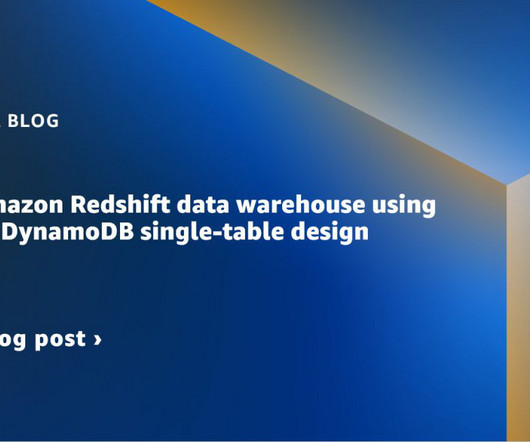Navigating Data Entities, BYOD, and Data Lakes in Microsoft Dynamics
Jet Global
SEPTEMBER 4, 2020
Data warehouses gained momentum back in the early 1990s as companies dealing with growing volumes of data were seeking ways to make analytics faster and more accessible. Online analytical processing (OLAP), which enabled users to quickly and easily view data along different dimensions, was coming of age.













Let's personalize your content